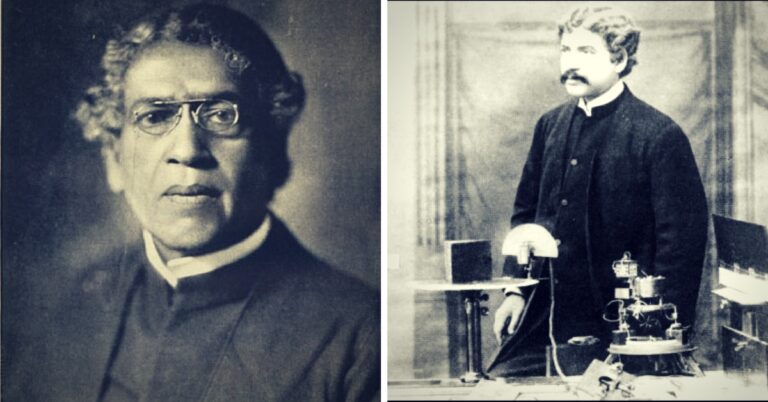![]()
How India’s First Biophysicist Uncovered the Secrets of Plant Perception
Jagdish Chandra Bose, a trailblazing scientist whose genius spanned multiple disciplines, transformed our understanding of plant biology with his groundbreaking discoveries on plant perception. Revered as a physicist, biologist, botanist, archaeologist, author, and connoisseur of fine arts, Bose’s pioneering work in the early 20th century unveiled the hidden life of plants, proving they respond to stimuli and possess a sensitive nervous system akin to animals. This remarkable legacy continues to inspire and influence scientific research today.
The Early Spark of Curiosity
Bose’s journey began with an unconventional education in a village school, where he developed a deep curiosity about nature. This curiosity eventually led him to Kolkata University, where he graduated with a BA in Physical Sciences. While teaching physics at Presidency College, Bose pursued research in electricity and electromagnetic waves. In 1894, he demonstrated microwaves for the first time at Kolkata Town Hall, using them to ignite gunpowder and ring a bell remotely.
Pioneering Work and Patents
Bose’s innovations included the development of an improved ‘coherer’ for detecting radio waves, which he generously chose not to patent initially, believing science should benefit humanity. However, he eventually patented his “detector of electrical disturbances” in the US in 1904. His coherer played a crucial role in the development of radio communication, used by Guglielmo Marconi to build the first operational two-way radio.
A New Frontier: Plant Physiology
Bose’s fascination with the secret world of plants led him to investigate their responses to stimuli. Inspired by the reactions of sensitive plants like the mimosa, Bose invented the crescograph, an instrument capable of measuring plant growth in minute detail. His experiments revealed that plants have a sensitive nervous system, responding to environmental factors such as temperature, chemicals, electricity, gases, and humidity.
Groundbreaking Discoveries
Bose’s work demonstrated that plants could feel pleasure and pain, reacting to music, speech, and even polluted air. He discovered that plants experience an electric death spasm upon dying, marking the exact moment of their death. His 1902 paper, “Responses in the Living and Non-Living,” detailed these findings and earned him widespread acclaim.
Recognition and Legacy
Despite initial skepticism from Western scientific circles, Bose’s research gained recognition. In 1920, he was elected a Fellow of the Royal Society. He founded the Bose Research Institute in Kolkata, with support from his close friend Rabindranath Tagore. Tagore, a staunch advocate of Bose’s work, saw his achievements as a source of national pride during colonial rule.
Continuing the Legacy
Today, the Bose Research Institute continues to explore plant biology, working to decode the molecular mysteries of plant responses to external stimuli. This ongoing research, informally known as the JC Bose Legacy Project, aims to build on Bose’s pioneering work.
Jagdish Chandra Bose’s contributions have left an indelible mark on science. His legacy endures, inspiring future generations of scientists to explore the intricate and interconnected world of living organisms.
Reference:







